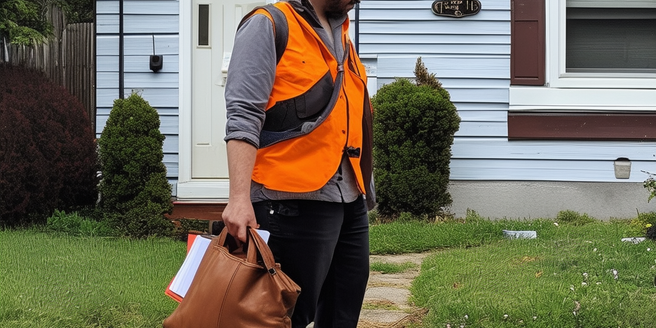Understanding the Basic Concept of Child Protection and Welfare
Child protection and welfare is a broad framework encompassing measures, procedures and services, with the primary aim to protect minors. Beyond protection, it encourages family stability and strengthens the family unit as a key part of societal child welfare policies, aiming to safeguard its vulnerable, at-risk youth.
Legislated at national and local levels, these protection systems provide legal accountability for children’s safety. They encompass punitive measures against harm done to children, and preventive measures against potential risks, established through intersecting factors orchestrated by entities such as social services. Social service departments coordinate child protective services, investigate abuse allegations, provide psycho-social support to victims, and collaborate with families to create a safer environment for child development.
In conclusion, child protection and welfare is not just about safeguarding against harm but also ensures overall development and growth. The mandate includes attention to child safety and welfare, reflecting a society’s commitment to its children by the measures it takes to protect them.
Historical Background of Child Protection Legislation
Historically, the origins of child protection legislation lie in the 19th century, amidst the brutal conditions of the Industrial Revolution. This period saw societies shedding light on the horrific conditions faced by many children, and the grim reality sparked a social movement to establish safeguards for child protection. Professionals from various fields worked together to transform society’s attitudes after intense public scrutiny and compassionate concern, leading to the drafting of the first-ever child protection laws. This was a monumental achievement in humanitarian efforts, aimed at safeguarding children from neglect and abuse. These legal provisions upheld the ideals of society – the welfare of its youngest members, their right to live free from harm, and their inherent entitlement to care and protection.
Significant Components of Current Child Welfare Systems
Child welfare systems in modern society encompass various significant domains, including preventive services, crisis intervention, in-home protective services, out-of-home care, and reunification mechanisms. Preventive services focus on mitigating potential risks to children, while crisis intervention aids urgent situations, thereby averting harm. In-home services ensure children living with their families do not face neglect or abuse, while out-of-home care offers fostering, adoption, and group homes to those unable to live with their families. Lastly, reunification aims to safely return children to their biological parents after any issues intervening have been resolved. Therefore, these systems integrate to serve children’s unique needs, with the blend of preventive, in-home, out-of-home care, crisis management, and reunification services providing vital comprehensive support.
Roles and Responsibilities of Key Stakeholders in Child Protection
In the realm of child protection, various groups and individuals play crucial roles, including specific government bodies, social workers, law enforcement, the judiciary, the community, and the families of the children concerned. Each stakeholder, with a unique but interconnected role, contributes to activities such as drafting regulatory policies, providing protective services, adjudicating legal disputes, and ensuring strict law enforcement relating to child rights. The community and families foster nurturing atmospheres, encouraging inclusivity, raising child protection awareness, and providing care and support. These synergistic roles aim towards one common goal: the protection and advancement of children’s rights. This holistic approach ensures the creation of a protective framework for the wellbeing of children, underpinning a solid foundation for child protection in society.
Challenges Faced in Implementing Child Protection Measures
Child protection measures face various challenges deeply ingrained in societal norms and infrastructural inadequacies. The challenges range from resource limitations, the subtlety of some forms of child abuse, societal views on child discipline and abuse, and inefficient coordination among stakeholders. Resource constraints often affect the effectiveness of individuals and organizations safeguarding children. Moreover, abuse forms like emotional abuse or neglect leave no physical evidence, making their detection extremely challenging. Social attitudes can blur the line between discipline and abuse, complicating abuse definition and identification. Finally, the absence of proper coordination among stakeholders, such as social workers, law enforcement, educators, and healthcare workers, can impair the overall effectiveness of the child protection system. Overcoming these challenges becomes crucial to ensuring the safety and future of the world’s children.
Future Outlook: Policies and Strategies for Enhanced Child Protection
The future of child protection sees significant evolutions, involving stricter legislation, better policy implementation, early intervention strategies, and improved services for disabled children. There is a growing emphasis on reframing and enhancing laws due to the clear need for these solid foundations. Improving policy implementation is anticipated to ensure the more effective operation of the child protection system, and early intervention strategies allow professionals to prevent issues from escalating. Special services catered to the unique needs of disabled children are quickly gaining focus. Finally, increasing the level of professional training for those in the system aims to create a more equipped workforce able to handle the complexities of child protection, making it more robust and successful in protecting our children.



